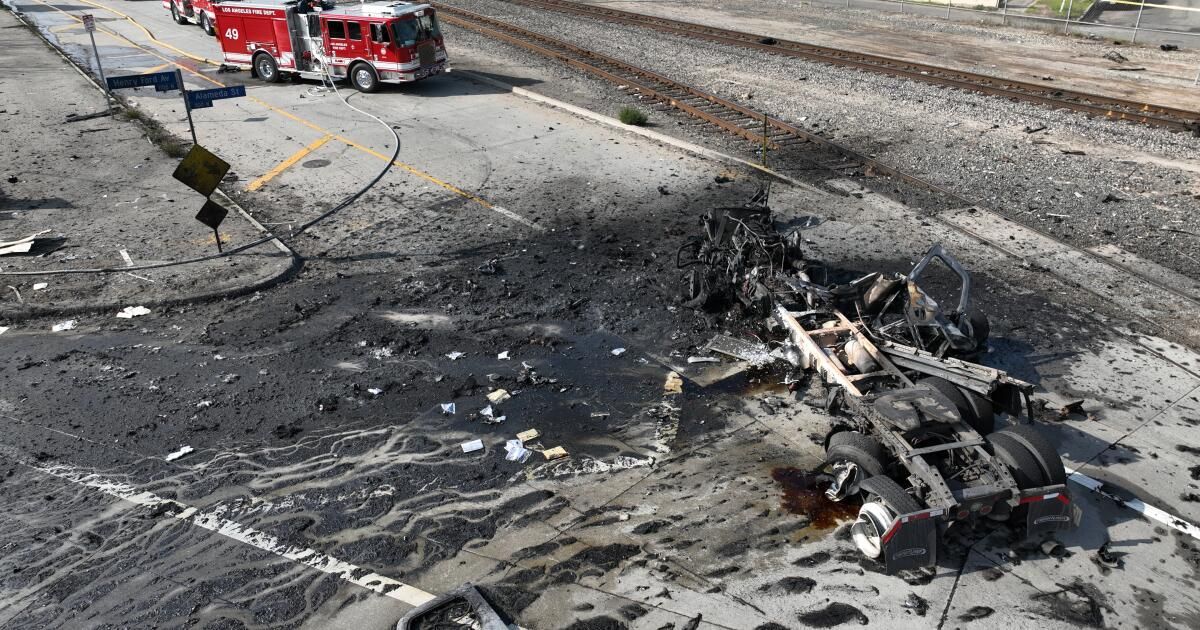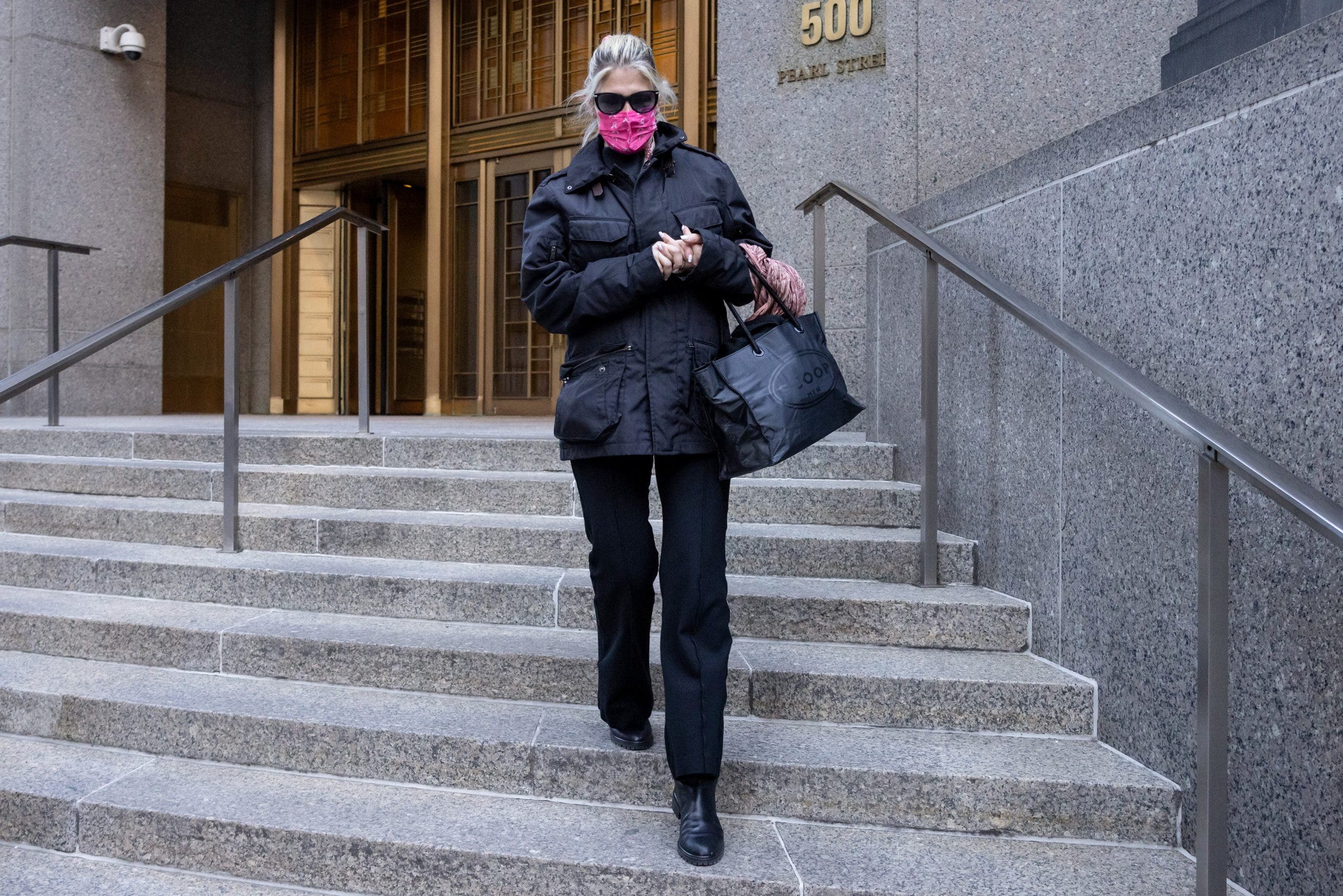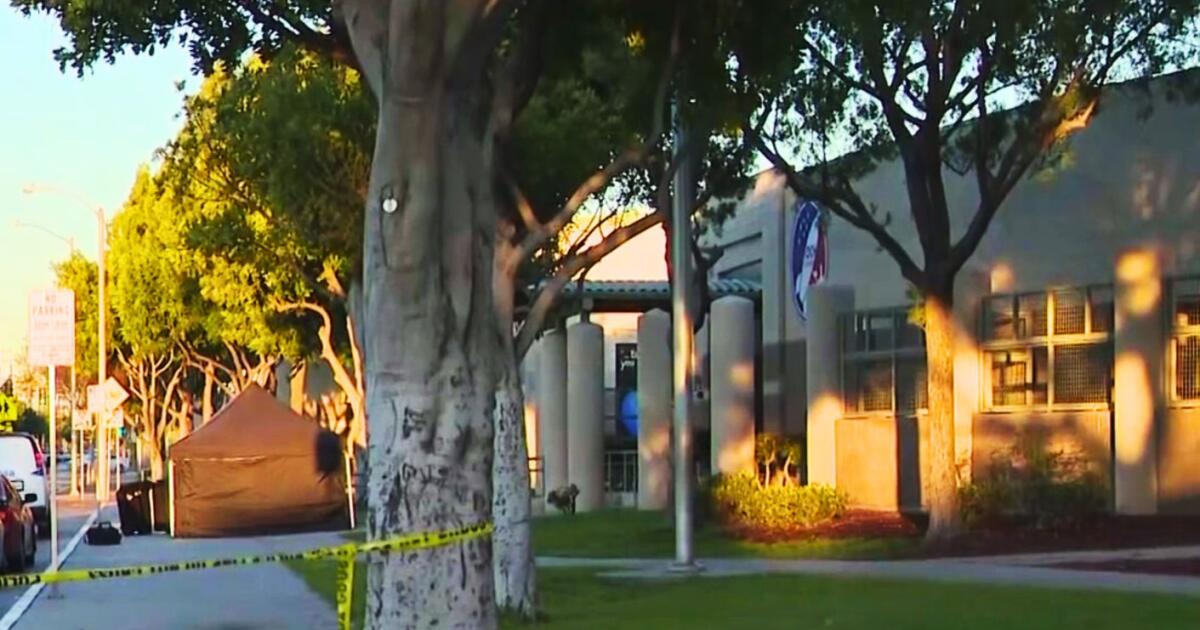Los Angeles firefighters have launched an investigation to determine how a truck fire turned into a catastrophic explosion in Wilmington that injured nine firefighters, one of whom was still hospitalized Friday.
The truck that exploded Thursday was powered by two 100-gallon compressed natural gas cylinders that were mounted on each side of the vehicle. Compressed natural gas vehicles present different safety issues than gasoline-powered cars, especially for firefighters.
It is unclear whether firefighters at the scene knew before the explosion that the vehicle engulfed in flames was powered by compressed natural gas. Vehicles equipped with natural gas fuel systems often have a diamond-shaped decal intended to identify how they operate. But it is unknown if the truck had a sticker or was visible when crews arrived.
Fire Department spokesman Nicholas Prange said the type of vehicle was not detailed in the notes provided to the responding engine. It wasn't until after the explosion that the notes were updated to reflect that it was a compressed natural gas truck.
“I'm not sure at what point that information became obvious to them,” Prange said. “No matter what we're going to do — a car fire, a structure fire — we're trained to look, get the big picture and look for clues about what we're getting into.”
But certain details “may not be as obvious when there are flames everywhere,” Prange said.
Fueling a vehicle with compressed natural gas presents unique safety issues because natural gas is stored at a very high pressure: more than 3,000 pounds per square inch. The tanks are equipped with pressure relief devices that will open to allow the gas to vent safely when they reach a certain temperature, usually around 218 degrees.
Among other things, authorities are trying to determine what caused the truck to catch fire. The driver, who was uninjured, told officials that she noticed “anomalies” in the two tanks powering the vehicle, so she got out and called 911.
Larry Stone, a former firefighter and safety director for waste companies who has trained fire departments on the safety of compressed natural gas vehicles, said that during Thursday's fire likely “the pressure relief device did not work or “The firefighters were cooling the same device that prevented the explosion.”
The situation began when 10 firefighters responded to a report of a vehicle fire in the 1100 block of North Alameda Street shortly before 7 a.m. Thursday. The truck, which did not have a trailer, was on fire when they arrived. They applied water and had nearly extinguished the fire, according to the department, when the situation took a catastrophic turn.
Just six minutes after they arrived at the scene, a compressed natural gas tank helping to propel the truck exploded, according to the Fire Department.
The detonated cylinder was found hundreds of meters away after the explosion. The other cylinder burned in flames for hours and crews deployed a firefighting robot to put out the fire with water, according to the department.
Hexagon Agility, an Orange County-based company that makes natural gas fuel systems, wrote in a 2020 guide for first responders that crews should not apply water to the cylinders directly because it can prevent them from activating and cause an explosion. .
The explosion sent a plume of black smoke and flames 30 feet into the air, high enough to reach a transformer on a power line. The explosion threw some of the firefighters dozens of feet, rendering them temporarily unconscious. Crew members who suffered more minor injuries rushed to help the more seriously injured, firefighters said.
A 37-year-old firefighter who has worked with the Los Angeles Fire Department for nine years was being treated in the intensive care unit at Los Angeles General Medical Center.
No further details were provided on the condition of the seriously injured firefighter; However, on Sunday, Capt. Erik Scott, a Fire Department spokesman, said he had been taken off a ventilator. None of the injured firefighters have been identified by the department. Overall, the nine firefighters suffered injuries that included burns, blunt force trauma, injuries inflicted by shrapnel and hearing problems, Scott said.
“These firefighters who were injured are brave people who respond when there is an emergency, like when their vehicle catches fire,” he said. “Unfortunately, our chosen profession carries inherent risks that can have serious consequences.”
All injured firefighters remain off duty and “will receive ongoing treatment and support to begin this long healing process,” Scott said.
Compressed natural gas vehicles have become more common in recent decades, particularly in fleets and heavy trucks, for example garbage trucks or public buses. Experts say these vehicles are no more or less safe than gasoline-powered vehicles, but their fuel is less expensive than gasoline and they generate fewer smog-related tailpipe emissions.
In 2015, pressure valves on a compressed natural gas recycling truck that had caught fire in Virginia opened, releasing natural gas that ignited and shot flames into a nearby home. Stone said that was normal for the system and is a reminder that fire crews should be on the lookout for things that could catch fire near the truck when the valves are opened.
Some explosions of compressed natural gas vehicles have been reported, particularly involving garbage trucks. In 2015, a garbage truck in Indianapolis exploded and damaged businesses. One firefighter was hit in the head by debris but was not seriously injured, the Indianapolis Star reported. A year later, a garbage truck powered by compressed natural gas exploded in New Jersey, blowing a hole in a nearby home.
In 2019, a car powered by compressed natural gas was driving through a bazaar in Bangladesh when the cylinder stored in the back of the vehicle exploded, the New York Times reported.
“It's one of those things in the fire industry that happens on such rare occasions that until it happens in your backyard it doesn't get any attention,” Stone said.
Researcher Scott Wilson contributed to this report.












